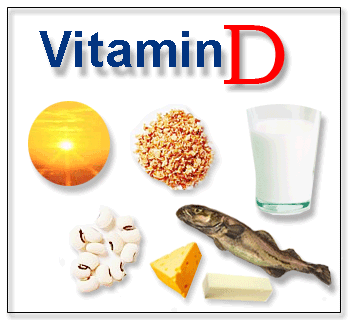| Connecting
over 25 millions NRIs worldwide |
|
|||||||||||||||||||||||
| |
||
|
How much of vitamin D do you really need?
 Washington, June 19, 2010 :-
Washington, June 19, 2010 :-
Your skin tone and the amount of sunshine you receive besides what foods you eat, all this can influence the amount of vitamin D that your body has on hand for optimum health. In a preliminary and apparently first-of-its-kind study, Agricultural Research Service (ARS) physiologist Charles B. Stephensen and colleagues have developed a preliminary model that predicts an individual's vitamin D requirements. Stephensen is based at the ARS Western Human Nutrition Research Centre at the University of California-Davis. Scientists have known since the early 20th century that our bodies are stimulated to make vitamin D when ultraviolet rays from the sun reach our skin. But the amount of direct sunlight that a person receives is affected not only by the amount of time spent in the sun, but also by latitude, season, skin pigmentation, and even the amount of protective clothing that one wears. Some vitamin D comes from food, including salmon and some other fish; milk and breakfast cereals fortified with this essential nutrient, and nutritional supplements such as multivitamin tablets. The current recommended daily allowance of vitamin D for adults who are less than 50 years of age is 200 international units. To develop the preliminary model, Stephensen and co-investigators worked with 72 young adult volunteers who provided intermittent records of what they ate and, for 7- to 8-week stints, wore photosensitive badges from 7 a.m. to 7 p.m. so scientists could determine their level of sun exposure. Data from the volunteers, either African-American or of European ancestry, who had relatively low amounts of sun exposure, suggest that they may need additional vitamin D to reach a target blood level of 75 nanomoles of vitamin D per litre of plasma, said an ARS release. Stephensen cautions, however, that some vitamin D levels indicated by the model exceed the level currently considered safe. More research, with a larger number of volunteers, may refine the predictive power of the model, he reports. The research was published in the Journal of Nutrition. ------------------------------------------------------------------------------------------------------------------------
|
||
| |
|
|

